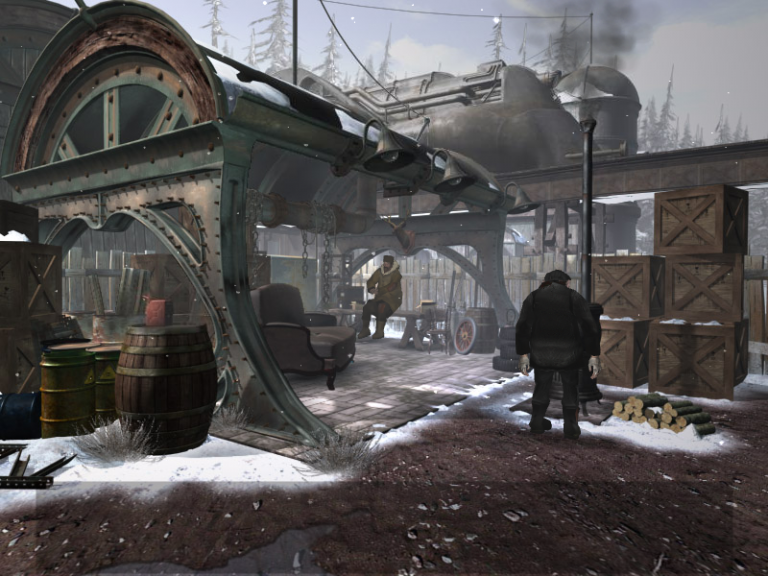

Their analysis indicates that after Paleo-Eskimos came to Alaska about 5,000 years ago, they split into three groups. Teasing apart this traffic is proving difficult for scientists - and has led to debates about how the migrations shaped the origins of living Native Americans. Later waves of people moved across the Bering Sea. Yet the disappearance of the land bridge did not stop the movement of people between the continents. Making the task even more difficult is the fact that melting glaciers drowned the land bridge at the end of the ice age, submerging any human remains that might hold more DNA. “Finding human remains of this age is truly daunting.” “I think it’s going to be frustratingly slow,” she said.

The ice age was at its peak 24,000 years ago, and so different populations across Siberia and surrounding regions may have retreated into refuges where wild game still survived.Īnne Stone, an anthropological geneticist at Arizona State University who was not involved in the new study, speculated that the Native American population may have emerged in one such refuge on the land bridge that linked Siberia and Alaska between about 34,000 and 11,000 years ago.īut testing that idea will be hard, she warned. The new study can’t pinpoint exactly where Native Americans emerged from the meeting of those two peoples. Willerslev estimates that the ancestors of Native Americans and Ancient Paleo-Siberians split 24,000 years ago. The Kolyma individual lived long after the origin of the Native American branch. “It might have been cold and windy, but it was really rich in resources like large mammals and people wanted to get up there,” Dr. This group moved into Siberia only in the past 10,000 years - and they are the progenitors of most living Siberians. One reason that the Ancient Paleo-Siberians were unknown until now is that they were mostly replaced by a third population of people with a different East Asian ancestry. Willerslev estimates that Native Americans can trace about two-thirds of their ancestry to these previously unknown people. The DNA of the Ancient Paleo-Siberians is remarkably similar to that of Native Americans. Willerslev and his colleagues call them the Ancient Paleo-Siberians. But most of it came from a new population. A small fraction of that individual’s ancestry came from Ancient North Siberians.

Willerslev’s team found DNA in the Kolyma skull as well.


 0 kommentar(er)
0 kommentar(er)
